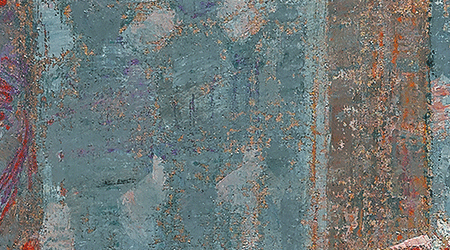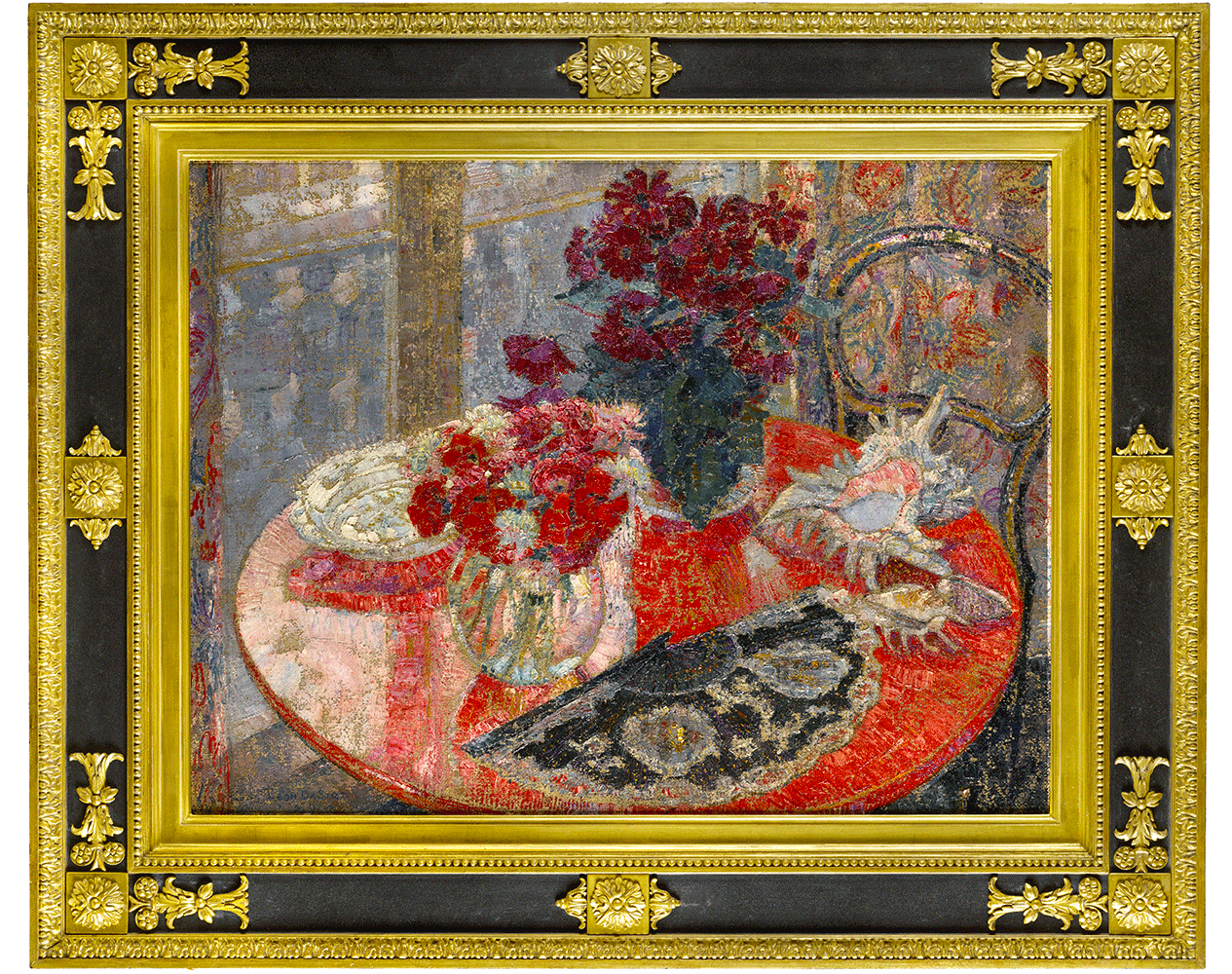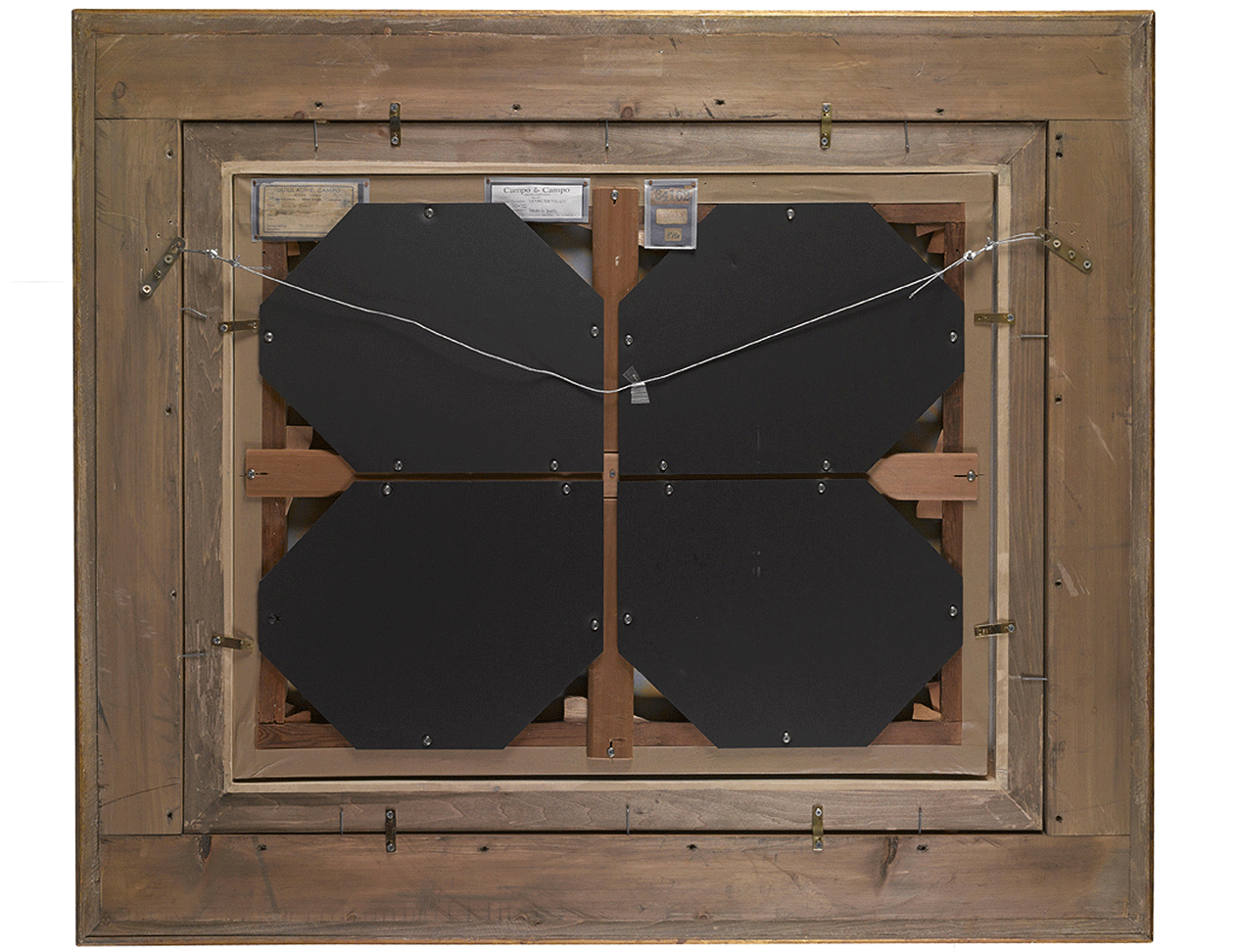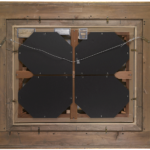Generous application of paint combines with a highly focused composition in this richly textured still life. Saturated in tones of intense red, this is a highly controlled canvas – the tabletop provides a readymade pictorial device for drawing together the disparate elements into a unified whole, strongly demonstrative of the more decorative style developed by de Smet during the 1910’s. The Impressionistic picture surface, in which applications of impasto oil appear to vibrate against narrow patches of bare canvas, is brought into tension with the painting’s more strongly linear aspects.
Léon de Smet moved from Antwerp to London in 1914 at the outbreak of the First World War. Among the first works created by the artist in England, Nature Morte aux Fleurs, Coquillages et Éventail demonstrates his use of burlap backing. A rougher, darker surface than the more traditional canvas fabric, burlap challenged the artist to adapt his technique. He developed a dense yet exuberant style through the 1910’s that prefigured the more decorative work of the following decade. As we can see on this canvas, the burlap encouraged de Smet to experiment with a looser painting technique that greatly enhanced the vibrancy of his images, while losing none of his underlying sense of pictorial form.















